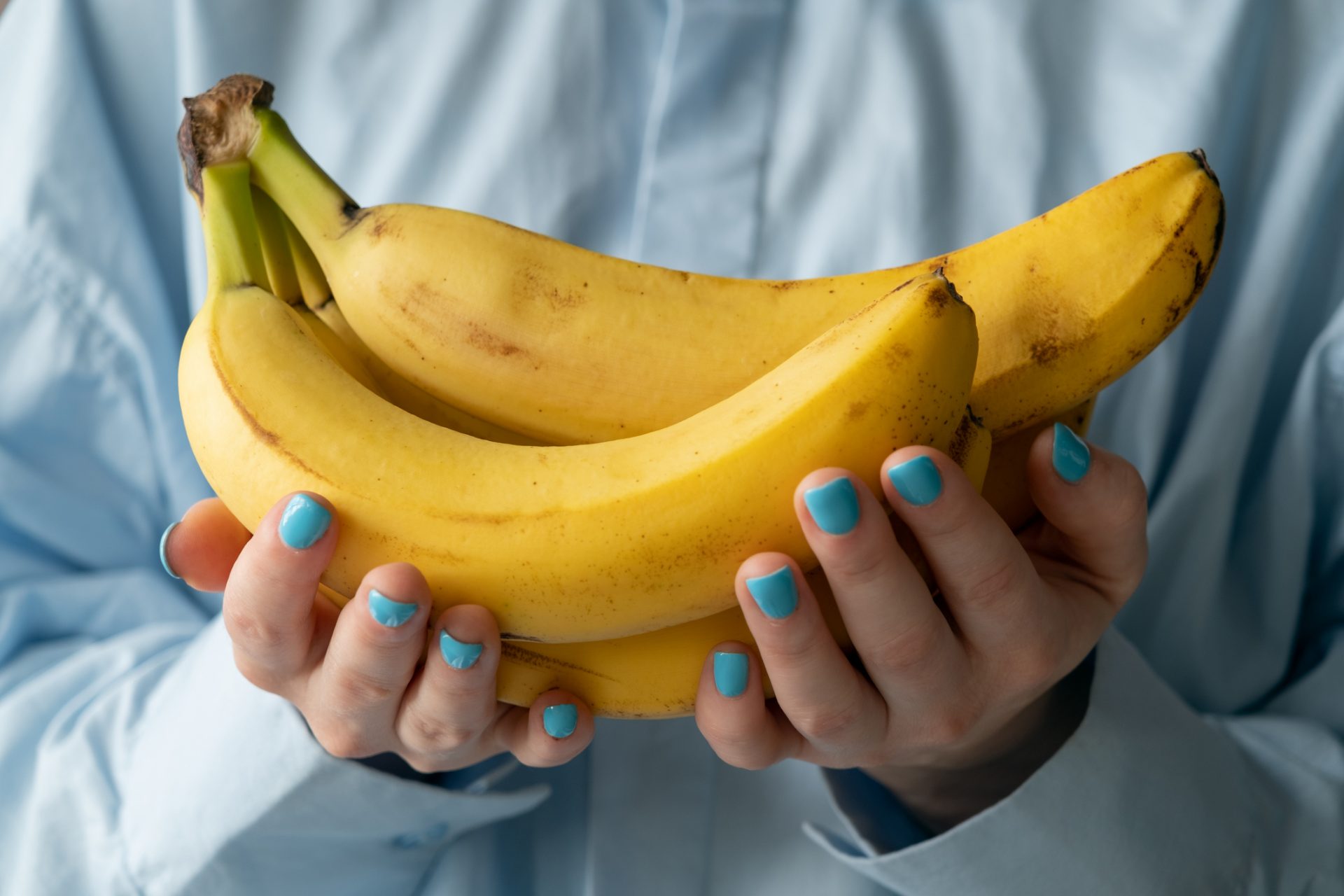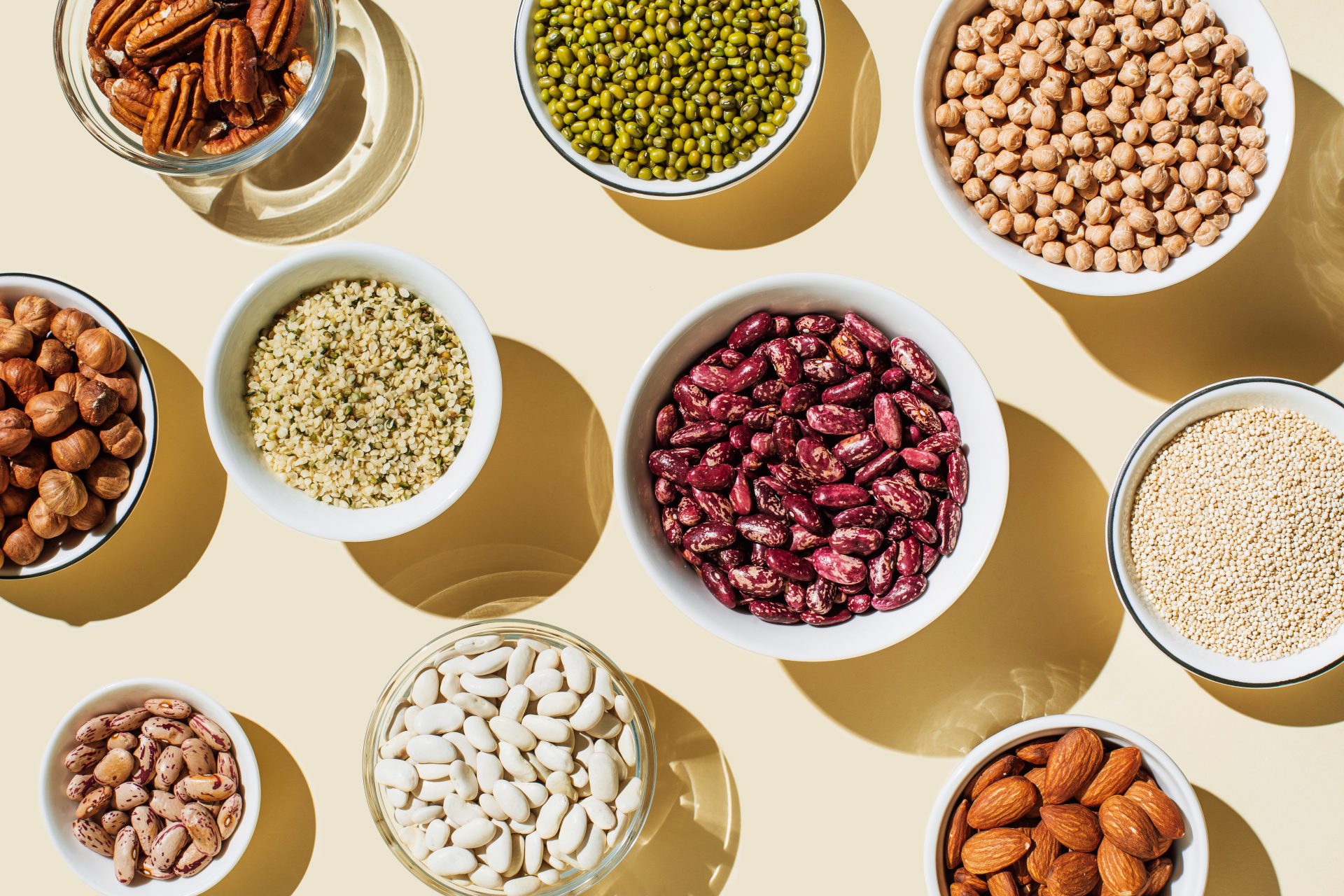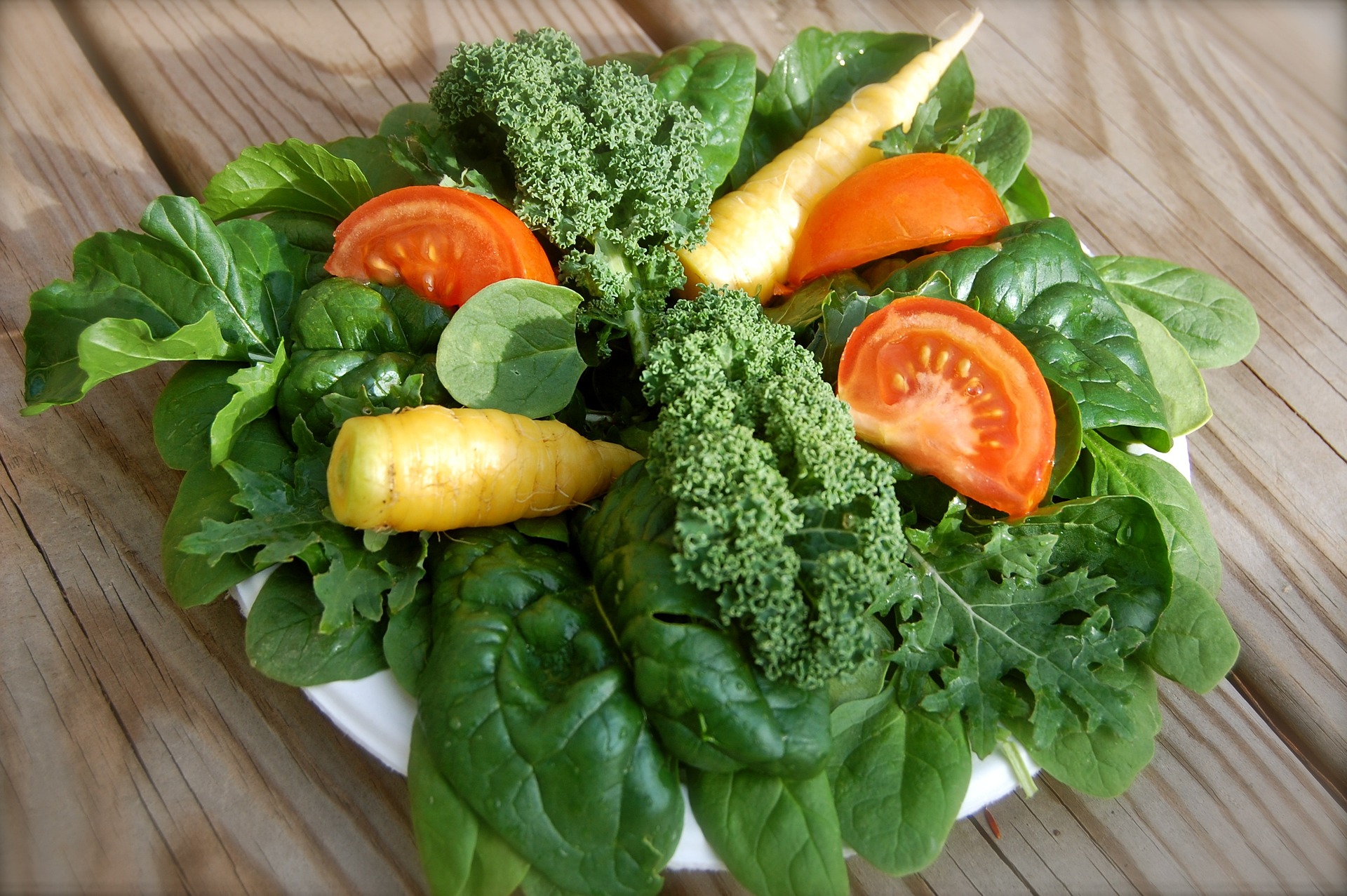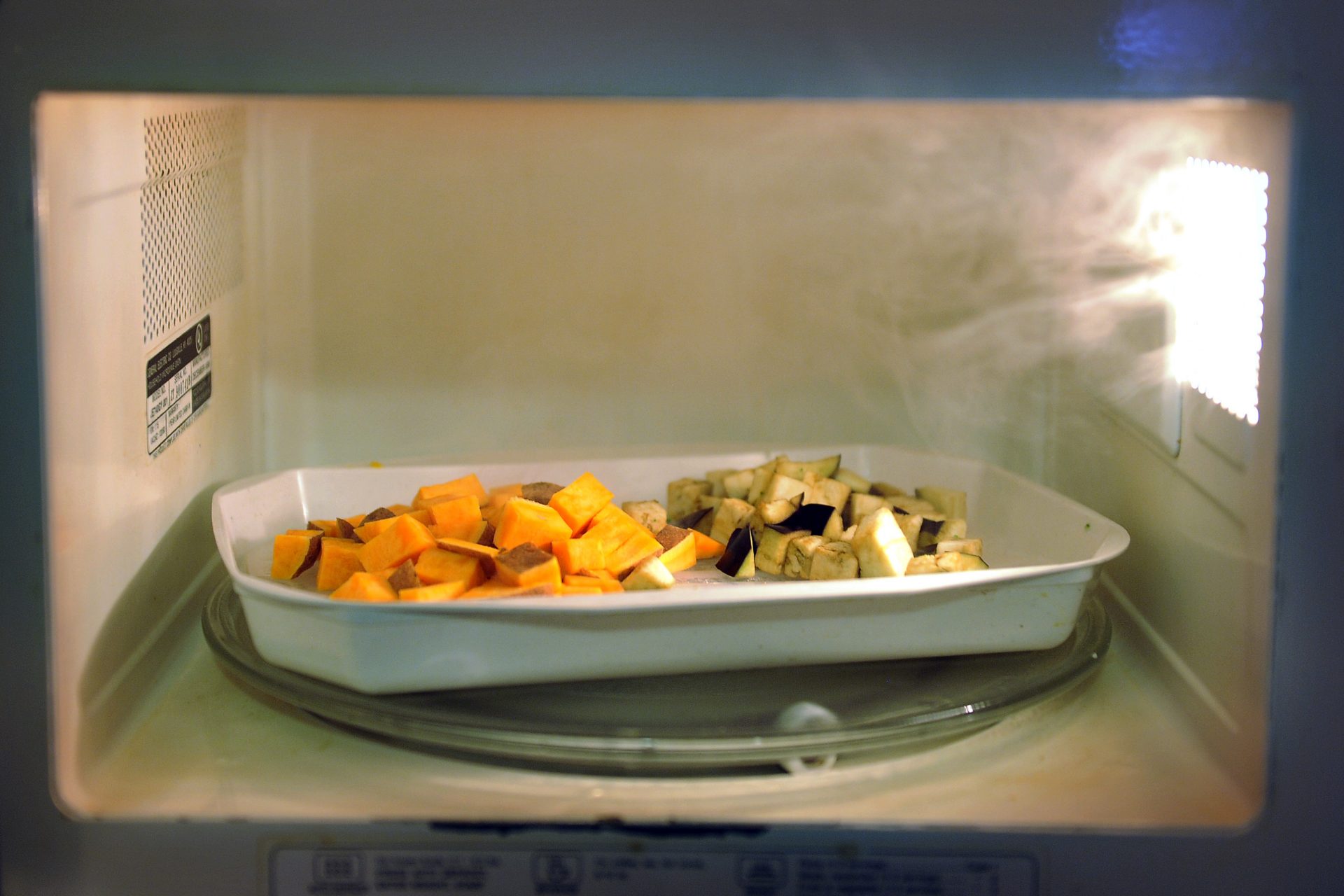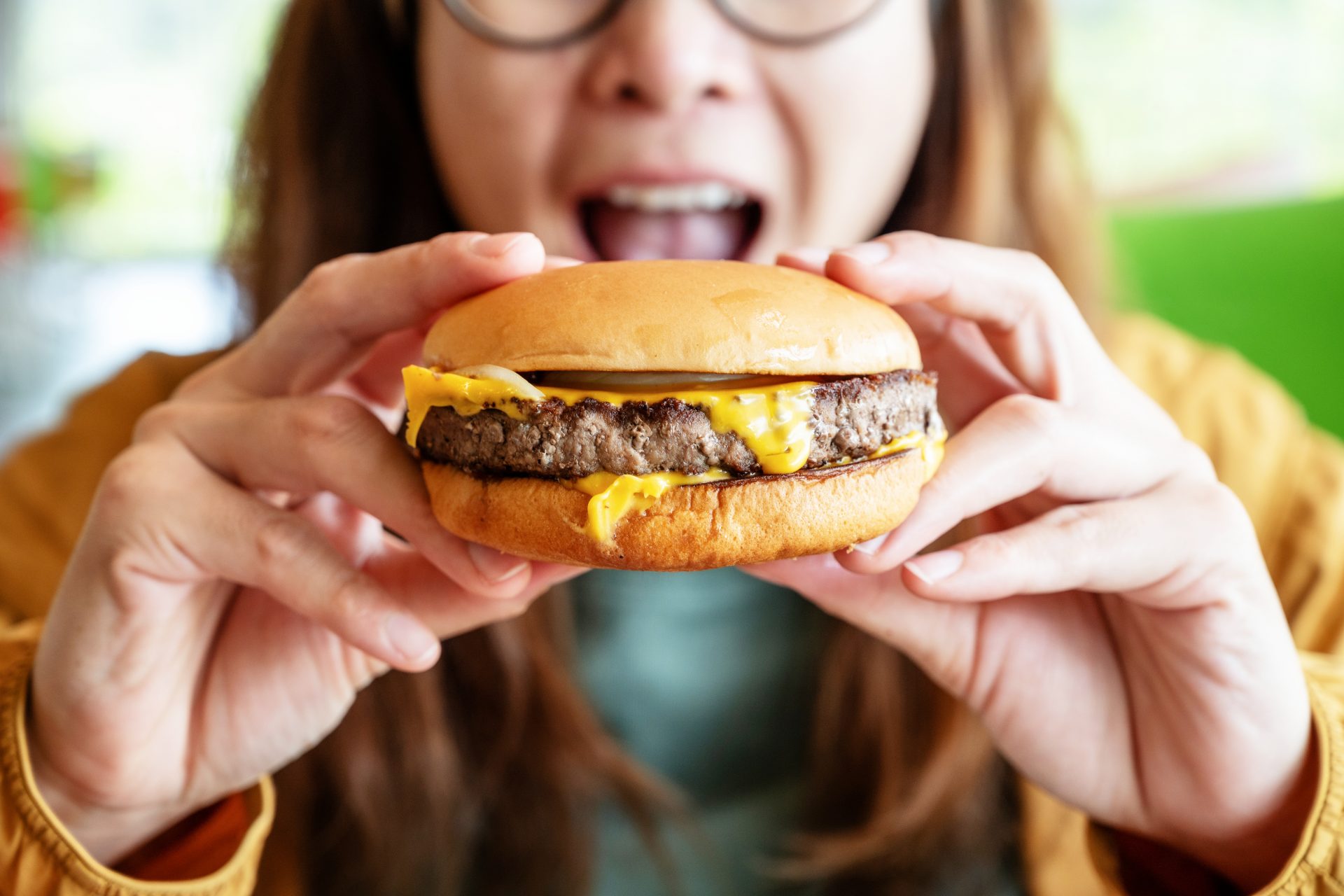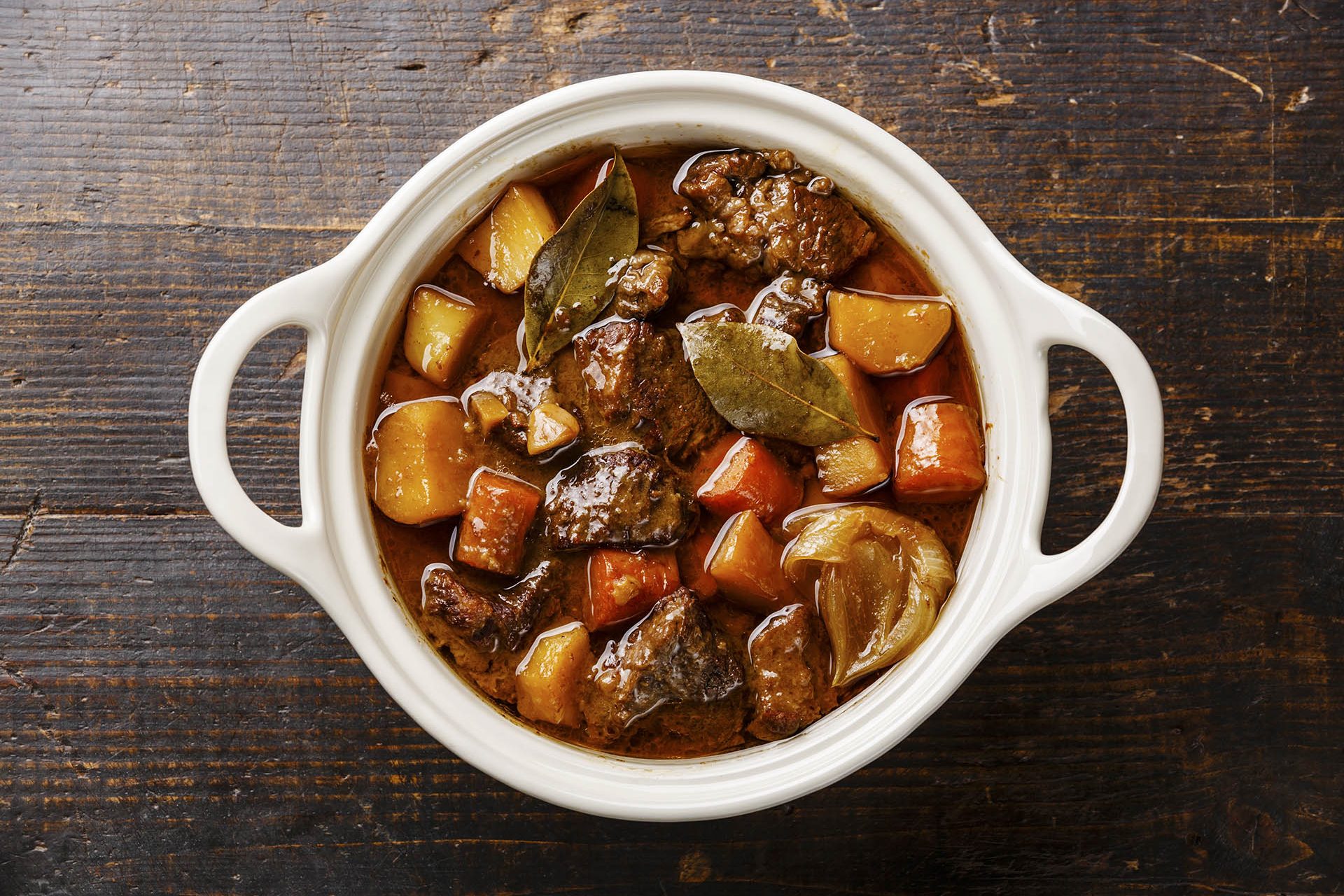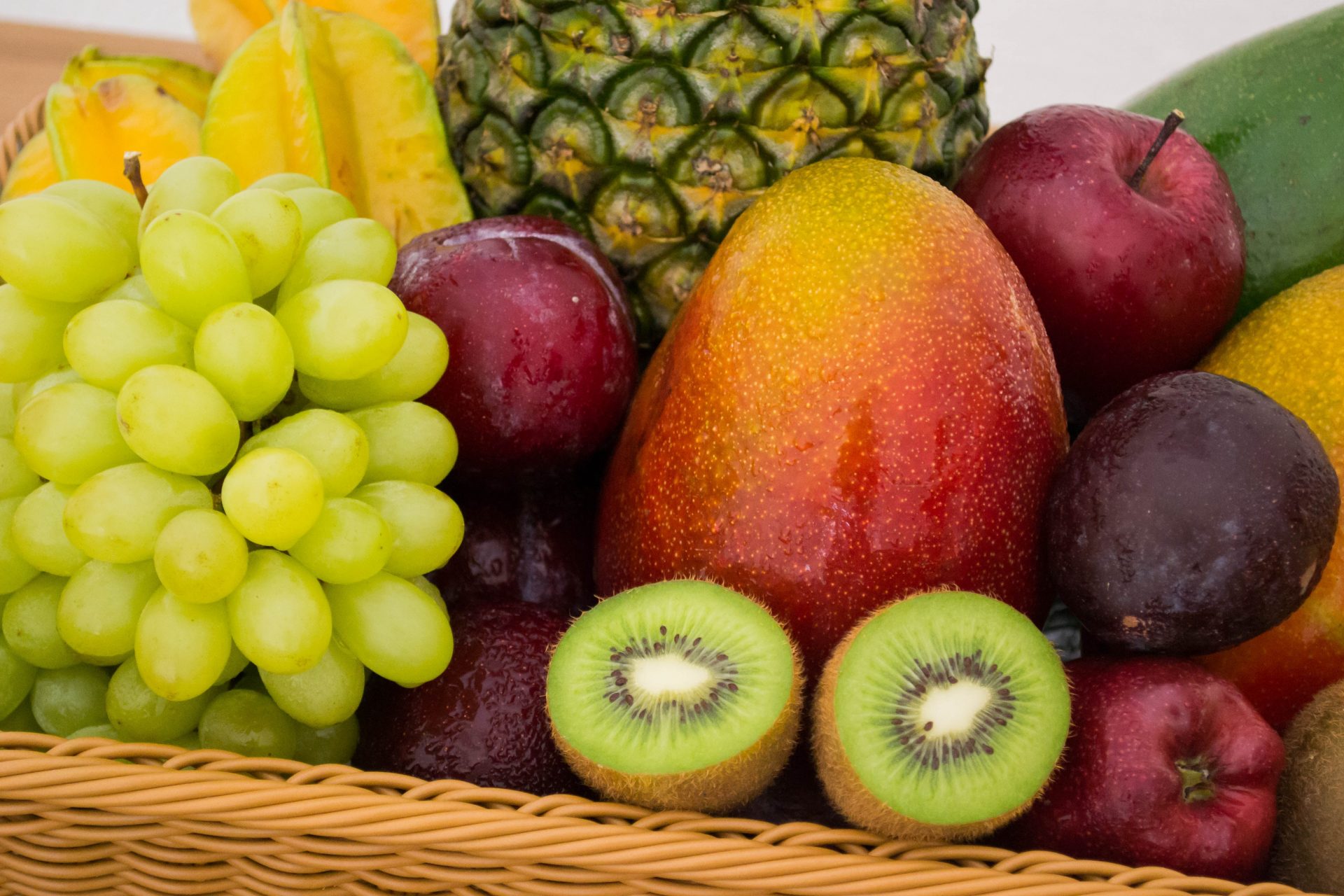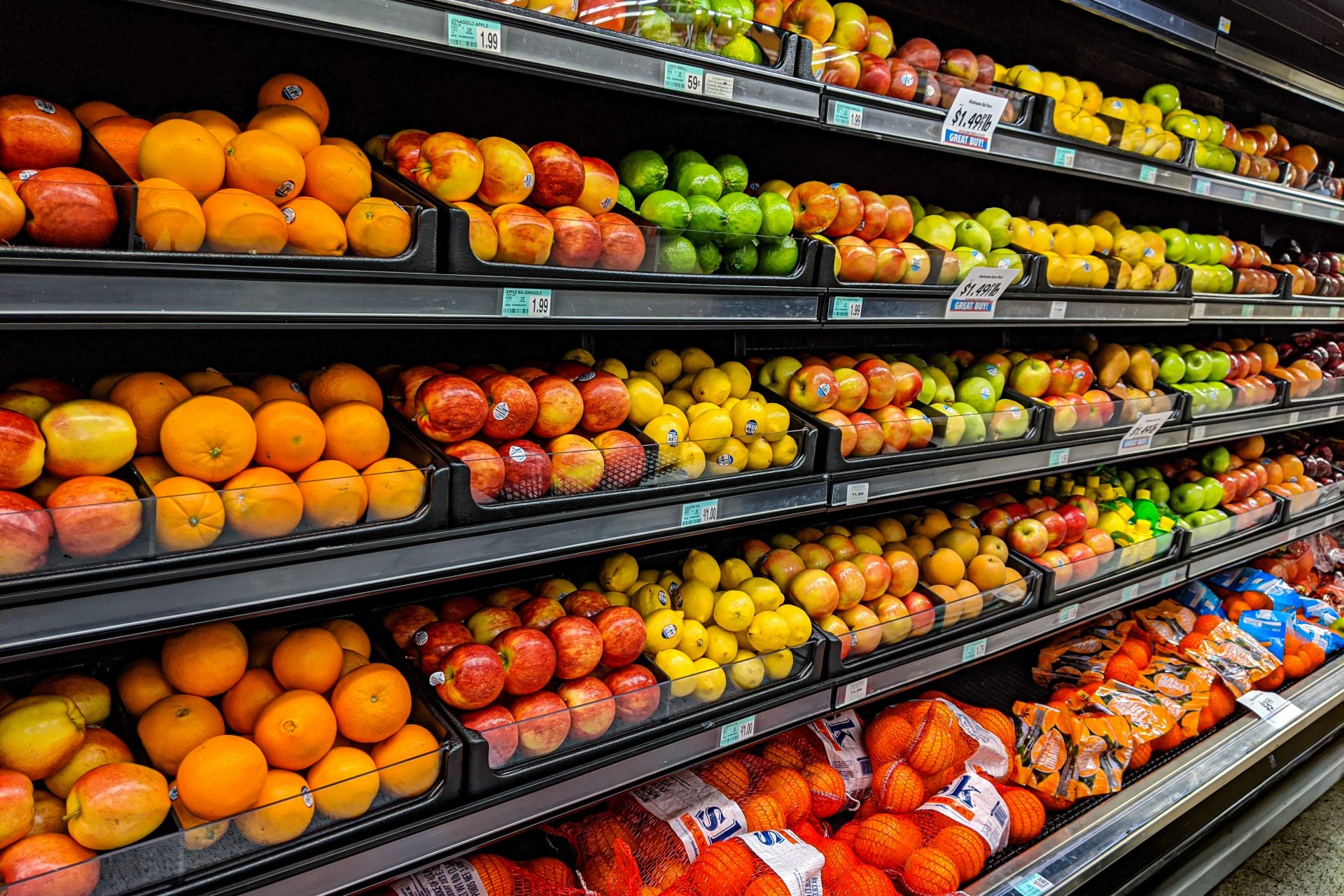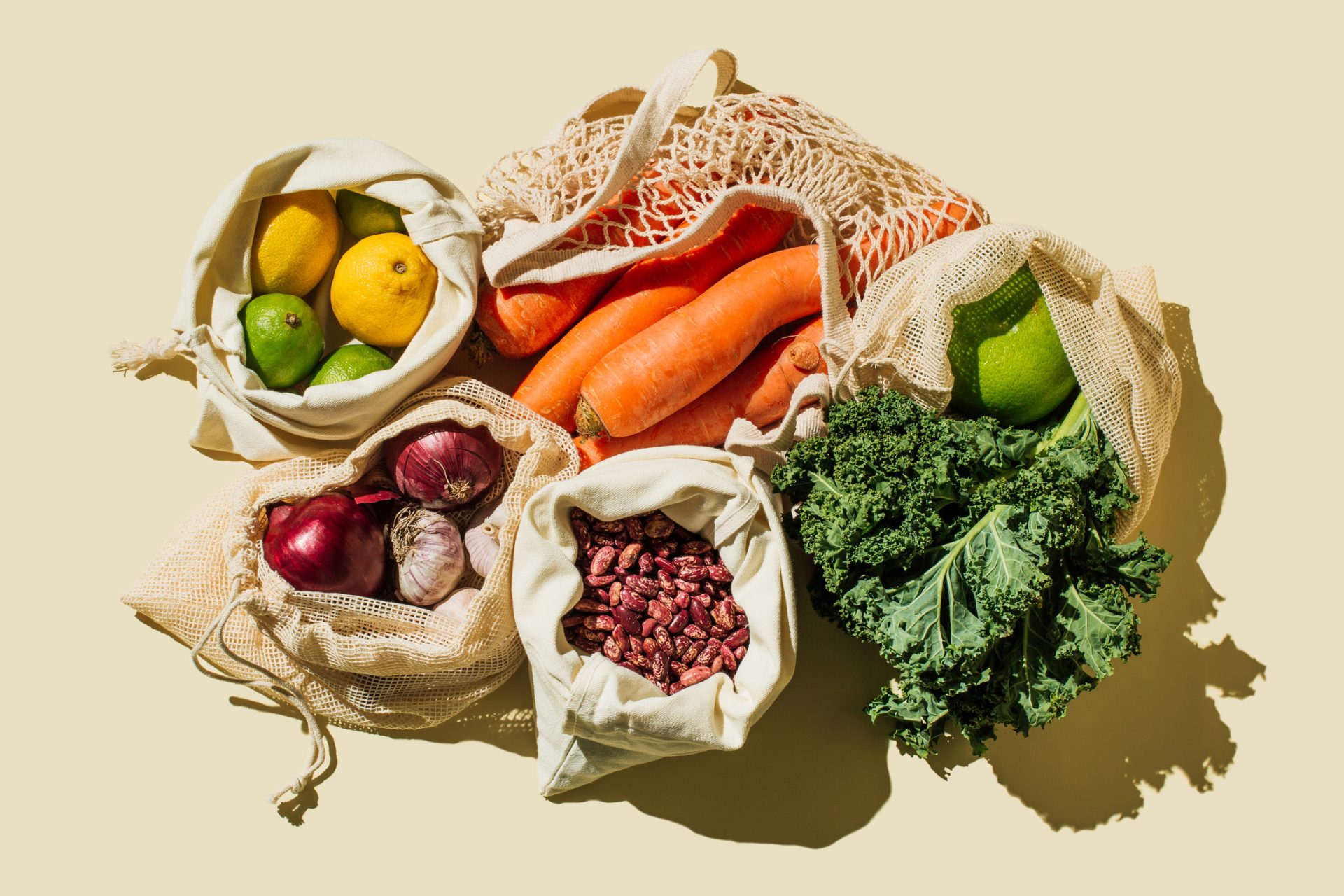No need to go vegan: a few options to reduce your food carbon footprint
Changing our diets can have a significant impact on our carbon footprint. While choosing to change our date can seem like a burden, there are simple replacements we can make.
The ideal change is in our protein sources. Vegetable sources like tofu, beans, and nuts have the lowest production impact. Plants are always the best option.
Still, there is no need to go vegan. While this diet can help reduce our food-related emissions by up to almost 50%, we can make other significant choices.
Replacing some of the meat we eat with plant proteins can reduce our food-related carbon footprint by 20%, according to a PLoS One study cited by The New York Times.
A 2019 report published in the medical journal The Lancet showed that some people eat much more meat than needed, particularly in the US, Europe, and Australia.
Vegan choices are much simpler than many believe: some dishes are already regular in American diets, like avocado toast or PB&Js. But there are other options.
If changing meat for plants is too much, there are animal proteins with a much lower impact than beef.
Fish have a much lower climate impact than other animals. According to a Science article, while beef emits about 17.7 kg of CO2 per 50 grams of protein, farmed fish can only reach 3.
Farmed fish have the highest carbon footprint, while wild-caught fish can contribute to overfishing, which puts pressure on ocean ecosystems. If you chose fish, you might have to research.
If you prefer an easier path, poultry has a lower carbon footprint than farmed fish, reaching 2.9 kg of CO2 per 50 grams of protein.
The friendliest animal source of protein is eggs. According to the Science article, cited by the New York Times, eggs emit 2.1 kg of CO2 per 50 grams of protein.
You can even skip the research with these two options: simply look for cage-free chicken. There are many sanitary concerns with caged chickens, which also pollute more water.
Fruits and vegetables have a significantly lower carbon footprint than meats and animal products, so they are always a better choice. But some are better for the environment than others.
One of the largest concerns related to fruits and vegetables is transportation. Still, it only accounts for 6% of the global food emissions.
Some perishable crops must travel by plane, a highly contaminating option. But fruits like bananas, apples, and oranges last longer and are transported by boat, with fewer emissions.
Eating locally sourced products can solve that problem, but you must combine that with choosing seasonally to avoid plants grown in a heated greenhouse.
In any case, diet is only a part of our carbon footprint. If many make changes, it might add up to some reduction, but the impact of our choices is not strong enough to solve the climate crisis.
You can't solve the problem by changing your diet, but you can do it by voting. According to the UN and the New York Times, policy changes have a far more significant impact than individual choices.
More for you
Top Stories



